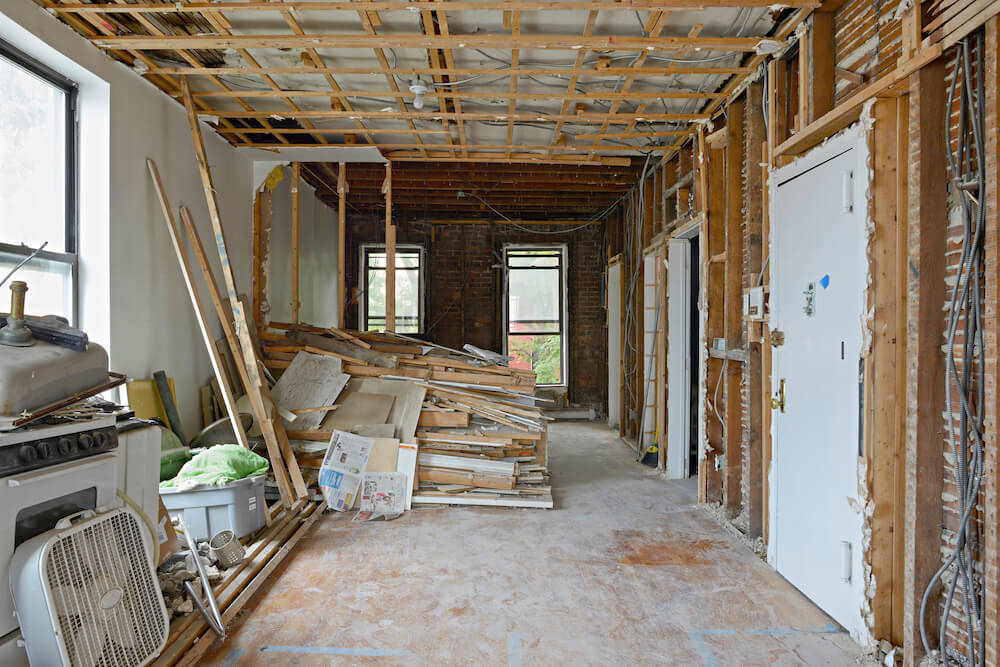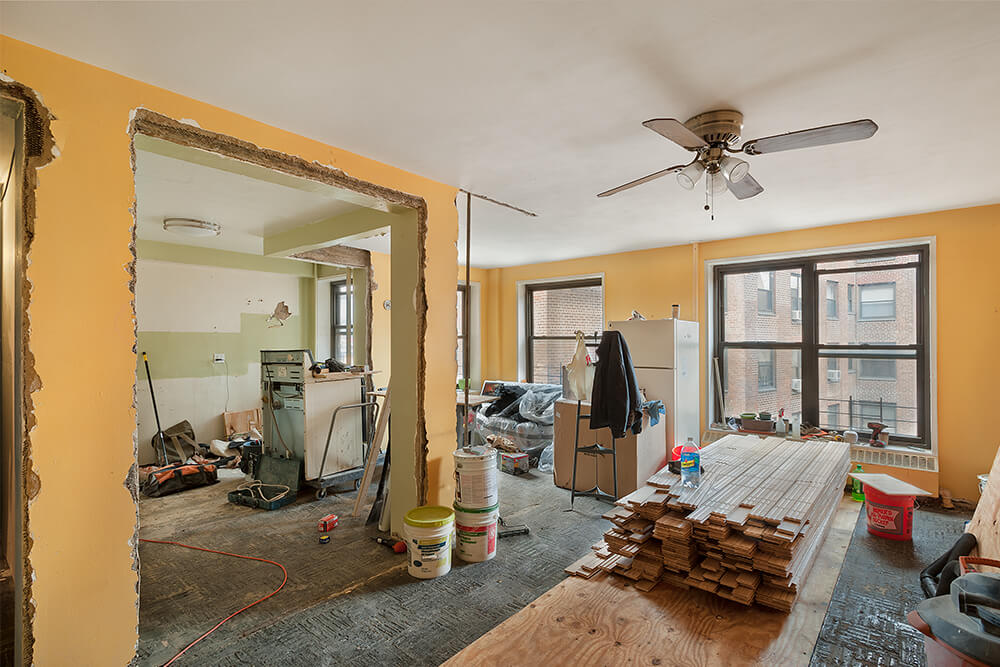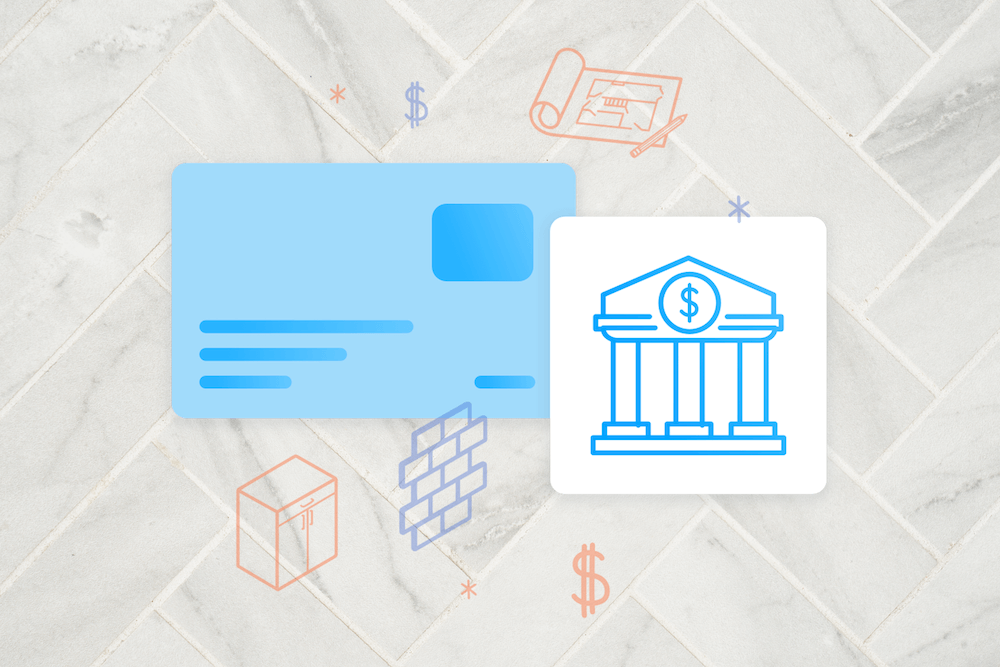203(k) Loans: What to Know When Clients Use Them
203(k) loans come with strings attached. Understand how they work, and when they can—and can’t—be used.

Renovate to live, Sweeten to thrive!
Sweeten brings homeowners an exceptional renovation experience by personally matching trusted general contractors to your project, while offering expert guidance and support—at no cost to you.
In addition to cash, home equity loans, and home equity lines of credit, many homeowners pay for their renovations with Federal Housing Administration 203(k) loans.
How do 203(k) loans work?
These federal loans come with strings attached: they can only pay for specific categories of work, they release funds in two lump payments, and they often require the client to hire a HUD consultant. They pay a maximum of $35,000.
FHA 203(k) loans can be used to:
- Improve a home’s functionality or attractiveness
- Eliminate health and safety hazards
- Rehab the plumbing or sewer systems
- Install or repair the roof, gutters, and downspouts
- Install or replace the flooring
- Improve major aspects of the landscaping
- Ensure accessibility for a disabled person
- Make a home more energy-efficient
FHA 203(k) loans can’t be used to:
- Make structural repairs or improvements
- Work on a rental property
- Build new construction / room additions
- Build new swimming pools
- Build tennis courts, gazebos, or bathhouses
- Build other “luxury items”
Payment schedule
The FHA will pay the homeowner a partial sum when the 203(k) loan is approved, and the remainder at the conclusion of the project, typically after all required inspections. You won’t be able to negotiate for payments in-between these official ones.
How to handle 203(k) loans
First, decide if you’re willing to accept them at all. You’ll get more work if you do, but you’ll have to be ok with the payment schedule, and possibly additional paperwork.
Whether you choose to accept 203(k) loans or not, bring up the topic early in discussions with a potential client, before submitting an estimate.
If the client plans to use a 203(k) loan, this will put hard constraints on the project scope, the budget, and the payment schedule. You’ll have to figure all of this out before you draft the contract.
You absolutely don’t want to have a signed contract in hand, and then hear, “By the way, we’re paying with a 203(k)!”
Questions? Contact [email protected].









